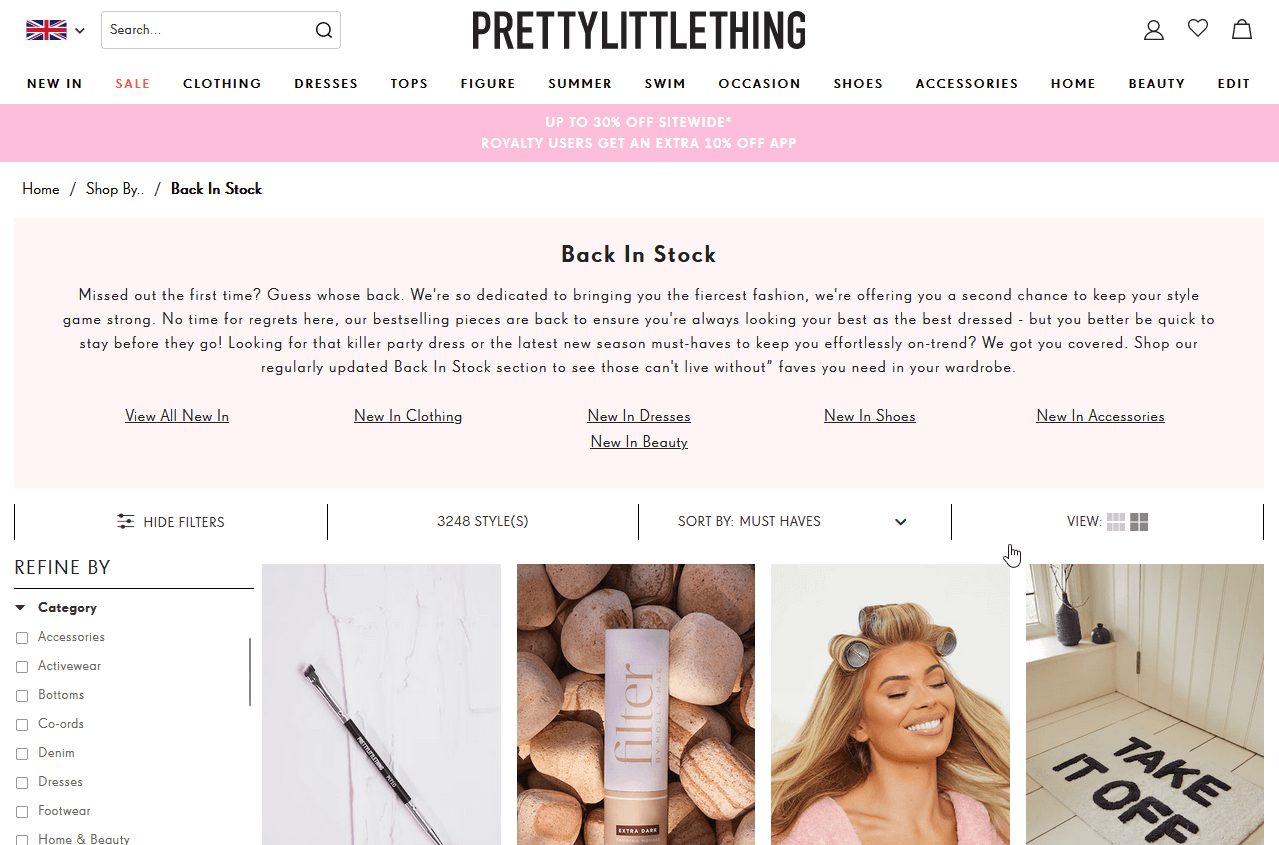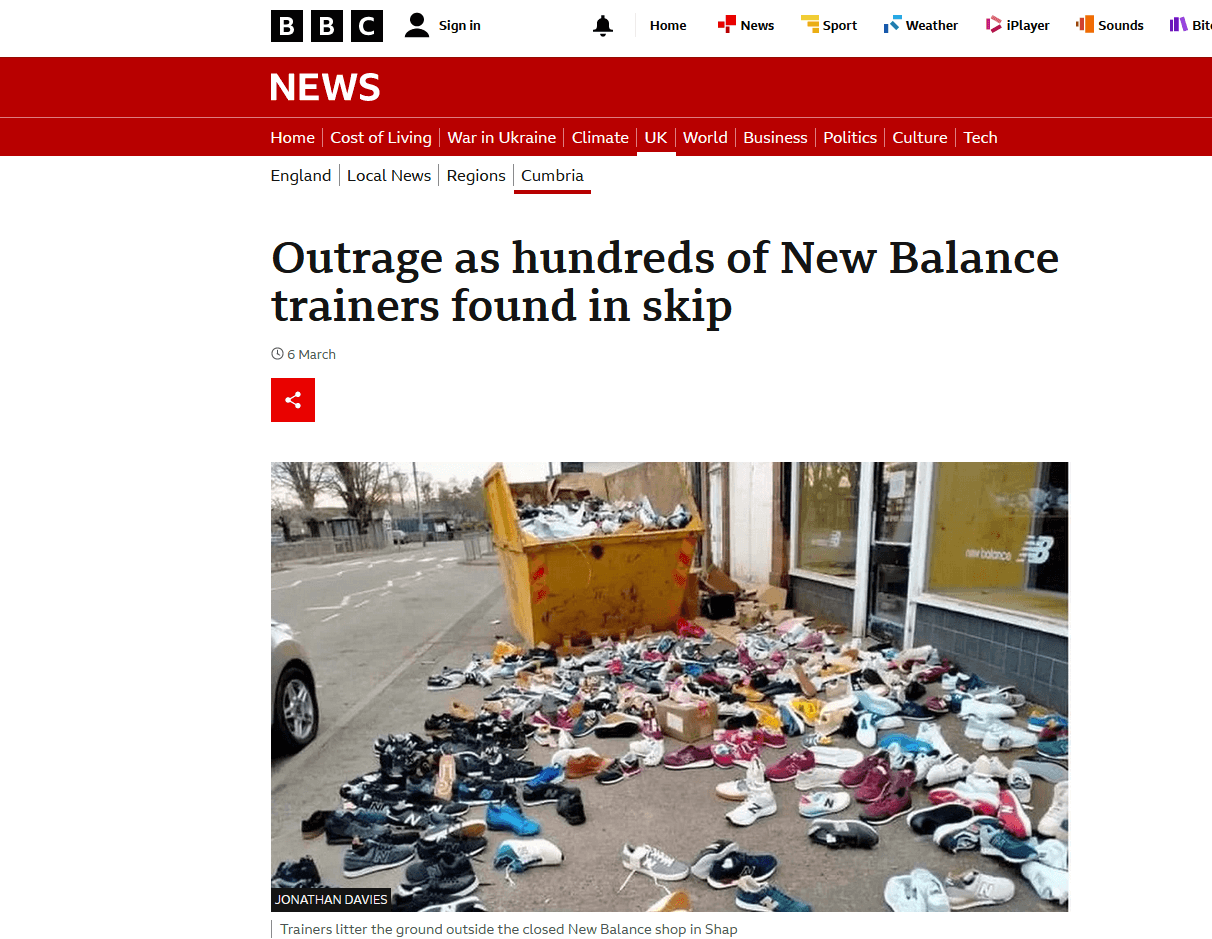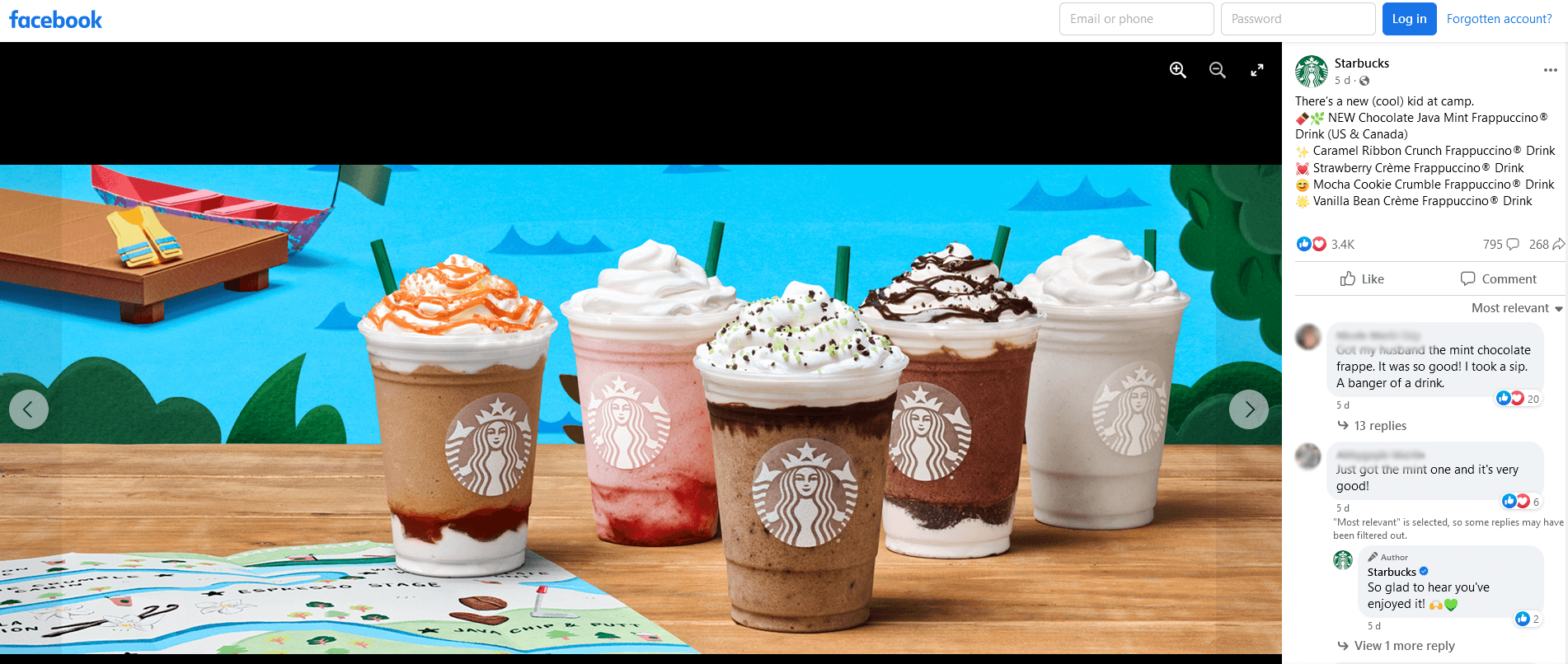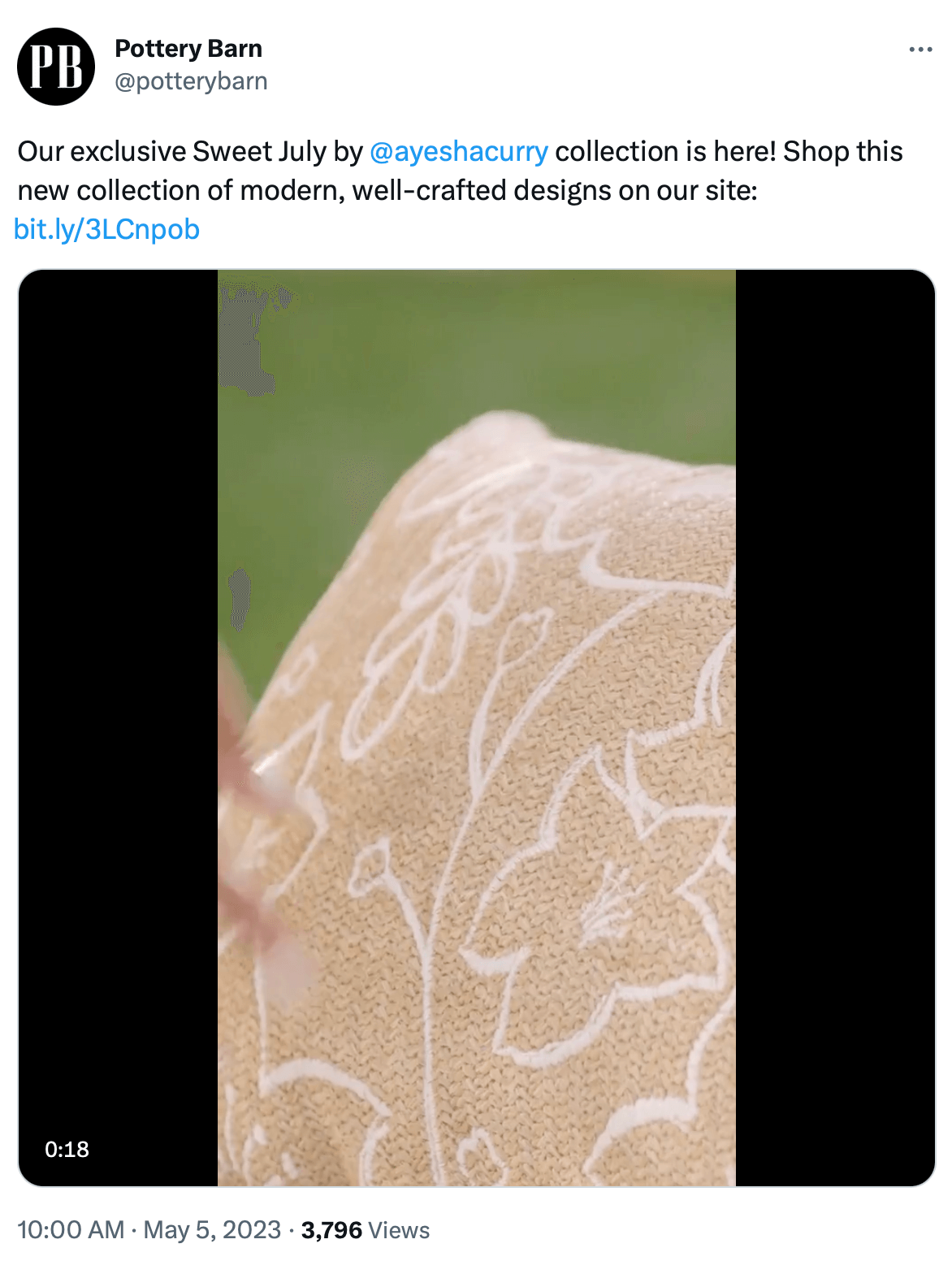Want to drive more sales? Wondering how to convince people to act on your offer immediately?
In this article, you’ll discover how to use scarcity to improve your marketing conversions.

How Scarcity Works in Marketing
Cast your mind back to the early days of the Coronavirus pandemic: masks, rapid tests, lockdowns, daily walks… and the toilet paper crisis. Suddenly, and for no clear reason, people became desperate to buy and hoard as much toilet paper as they could find.
Why?
One word: Scarcity. People thought that there was going to be a shortage so toilet paper briefly became very valuable. Its perceived value (and its high sales figures) were based on scarcity.

The Psychology of Scarcity
Scarcity is an immensely powerful motivator. It affects how we value commodities, make decisions, and spend our money—all without even realizing it.
That's because scarcity is a primal part of our psyche. Our brains are designed to overcome scarcity by finding essential resources such as food, water, and shelter. We value these things highly and we make decisions that optimize our chances of getting them.
But the same psychological process happens when something scarce is vital to survival (such as water) as when something scarce isn’t essential (such as a new pair of jeans). Our scarcity response is triggered whenever something is in short supply, hard to obtain, or restricted in any way. It doesn't matter what that “something” is. We want it because it's scarce.
The fashion brand PrettyLittleThing uses a “Back in Stock” category for scarcity marketing. The products have sold out before so they are perceived as highly valuable.

This psychological quirk is good news for marketers. Scarcity affects our brains in ways that make it easier to sell to consumers.
- Scarcity triggers our brains to make decisions faster, according to neurological studies. We skip our normal decision-making processes and go straight to “yes” or “no.”
- When something is scarce, we judge it to have a higher value. So if you want customers to value your products, use scarcity in your marketing.
- Creating scarcity can help build community. When only a few people can get access to a scarce resource, they feel connected to each other as part of an exclusive group.
- We feel excited about getting access to scarce resources. You can leverage this to build relationships with existing customers by letting them know when a product is scarce or when scarce products are coming into stock.
The cereal brand Magic Spoon sends out stock warning emails to build community and increase its sales.

How to Use Scarcity as a Marketing Strategy
Some marketers don't want to use scarcity in their strategy because they don't want to sound negative. But they're missing two important points:
- Scarcity exists in every business, whether it takes the form of stock levels, seats for a course, or something else. It's just a natural part of doing business.
- Scarcity doesn't have to be negative. It can be presented positively. If you frame scarcity in the right way, it can be a source of excitement, anticipation, and even community.
Using scarcity in your marketing strategy is practical. It leverages something that's already a part of your business. Using scarcity can be positive when you focus on excitement and exclusivity. And just in case you were worried, using scarcity is ethical when you frame it in a way that's helpful to your customers.
Skincare brand Experiment uses scarcity marketing to help, support, and reassure customers.
Get World-Class Marketing Training — All Year Long!
Are you facing doubt, uncertainty, or overwhelm? The Social Media Marketing Society can help.
Each month, you’ll receive training from trusted marketing experts, covering everything from AI to organic social marketing. When you join, you’ll also get immediate access to:
- A library of 100+ marketing trainings
- A community of like-minded marketers
- Monthly online community meetups
- Relevant news and trends updates

Before You Launch Scarcity Marketing Strategies
If scarcity is such a great motivator, then you should just burn half your eCommerce stock and the sales will roll in, right?
Wrong. Before you launch a scarcity marketing strategy, you need to understand exactly how you're using it. Simply creating artificial scarcity will not cause a spike in sales. If anything, fake scarcity will have a negative effect because modern customers crave authenticity. Think about the uproar every time a clothes manufacturer gets caught scrapping perfectly good stock.
In 2023, international news outlets covered the story of New Balance throwing away their store stock.

There are different types of scarcity and different audiences will respond to them in different ways. You need to figure out which type will connect with your ideal customers. In some cases, you can even combine types of scarcity to create an ultra-powerful campaign with broad appeal. But be careful: the wrong type of scarcity could accidentally turn customers off of your brand.
Let's look at the different forms of scarcity marketing tactics and how they appeal to different audiences.
- Time-related scarcity
- Supply-related scarcity
- Limited editions
- Demand-related scarcity
#1: Time-Related Scarcity Marketing Campaigns
With time-related scarcity, your customers are against the clock. The product or service is only available for a limited time and they don't want to miss out. This tactic also taps into the psychology behind loss aversion. Our fear of losing out is even stronger than the pleasure of getting what we want.
Time-related scarcity works for marketing pretty much any product or service to any audience. You don't need an exclusive community or scarce resources. You can make the countdown as short or long as you wish!
This LinkedIn post from the CEO of Family Medical Group uses a limited-time discount to encourage more sales.

There are many different ways to run a time-related scarcity campaign:
- A countdown timer on your website landing page or eCommerce shop (You can count down to the end of a sale or put a positive spin on it by counting down to events, sales, or product releases.)
- A flash sale that only runs for 24 hours
- Coupons with an expiry date to encourage more repeat customers.
- Products or content that's only available for a short time such as seasonal specials
- Courses or services that have a closing date to sign up
Time-related scarcity marketing can be effective for almost any business. Just don't overuse this tactic or customers will no longer be motivated by the time limit because they'll know there's another campaign just around the corner.
Starbucks is famous for its seasonal drinks. Each season starts with a major ad and social campaign to announce the new flavors.

#2: Supply-Related Scarcity Marketing Campaigns
Does your target audience crave uniqueness? Are they attracted to exclusivity, creativity, and status?

Discover Proven Marketing Strategies and Tips
Want to go even deeper with your marketing? Check out the Social Media Marketing Podcast! Publishing weekly since 2012, the Social Media Marketing Podcast helps you navigate the constantly changing marketing jungle, with expert interviews from marketing pros.
But don’t let the name fool you. This show is about a lot more than just social media marketing. With over 600 episodes and millions of downloads each year, this show has been a trusted source for marketers for well over a decade.
Then supply-related scarcity marketing will work well for you.
Supply-related scarcity is closely linked to the phenomenon of conspicuous consumption. In conspicuous consumption, people buy and use goods to show off their status in society. Using products or services that are in limited supply is a time-honored way to display your social capital.
Supply-related scarcity can take many forms:
- VIP-only access to events, services, and products
- Different membership levels for brand communities or loyalty programs
- Exclusive product drops
- Courses that require an application form to register
- Early-bird tickets
- Beta access to content or services that are still in development (This is a great way to combine word-of-mouth marketing with customer research, too!)
- Waiting lists for popular products, especially luxury items such as watches or bags
- Caps on the number of community members, course participants, or business clients; for example, some gyms limit their membership
Bluesky Social, heralded by some as the successor to Twitter, is currently only open to beta users who join a waitlist or get a personal invite.

If you want to supercharge this strategy, you can also look into supply economics. With supply economics, the price gets higher as more people buy the product. So, for example, the first 50 tickets to your event might cost $100 but the next 100 tickets will cost $300.
Supply economics combines supply-related scarcity with time-related scarcity. Combining those two forms of scarcity creates an even greater sense of urgency. Customers want to get the best deal before the crowds, and higher prices, arrive.
#3: Limited Edition Marketing Campaigns
Limited edition campaigns are a type of supply-related scarcity but they’re powerful and distinctive enough to deserve their own section in this article.
A limited edition product takes something that's already successful on the market and puts a unique spin on it. That includes things like:
- Local editions of national or global products such as the different versions of Monopoly adapted for different cities
- Bundling courses or services under a particular theme (Bonus points if this is for a limited time or list of subscribers!)
- Collaborations with online creators and influencers
- Collaborations with other brands

Limited edition campaigns are extremely valuable to marketers. They appeal to customers because of their scarcity and the products or services can be sold at higher prices than usual.
#4: Demand-Related Scarcity Marketing Campaigns
Last on our list is demand-related scarcity. While demand-related scarcity is subtler and harder to define, it's just as effective as the other types of scarcity marketing we've reviewed.
Demand-related scarcity works best on customers who are conformists. They want to be inside the group. They want to feel included. They're most likely to check reviews, look for social proof, and get word-of-mouth recommendations before they make a purchase.
But the truth is that we all respond to demand-related scarcity at times. Have you ever joined a line just to see what people were waiting for? Have you ever bought a skincare product or a piece of clothing because all your friends had it?
Demand-related scarcity can be even subtler than that. Imagine that you're shopping in a brick-and-mortar store. On the shelf are two different brands of the same product. They've got the same price point. You don't know anything else about the brands. Which one will you choose?
Answer: you'll almost always grab the product that has less stock left on the shelf. We instinctively desire the resources that other people seem to value highly.
This travel website uses demand-related scarcity to get more orders by notifying users when hotels are running out of rooms.

Just like all of the other types of scarcity marketing, there are lots of different ways to demonstrate demand-related scarcity. You can choose to put a positive or a negative spin on it.
Here are just a few examples:
- Waitlists for popular products, places for a course, or seats at an event
- Pre-orders for products that are expected to be in high demand
- Labeling products or courses to show consumers which ones are most popular
- Sending emails to remind consumers when a product is almost out of stock or comes back into stock
Demand-related scarcity marketing proves that running out of stock isn’t always a bad thing. It can be a catalyst to encourage more sales as long as you alert customers when stock is low, and then follow up with a restock message to make sure you sell out again right away.
With the right marketing, you can build a community that's always on the edge of their seats, ready to make another purchase.
Over to You
Scarcity marketing can help you tap into your customers' psyches and increase your sales. Before you start, it's worth doing some research to make sure that you're choosing the right kind of tactic for your audience and offer.
And never forget: the most effective marketing message is when you're helping customers out. Scarcity doesn't have to be scary—it can be positive and helpful, too!
Dr. Mindy Weinstein is the author of The Power of Scarcity: Leveraging Urgency and Demand to Influence Customer Decisions. She’s also founder of Market MindShift, a digital marketing agency that helps businesses improve conversions. Her podcast is called Persuasive Woman. Find her on Twitter @mindyweinstein, Instagram @mindydweinstein, or LinkedIn @mindydweinstein.
Other Notes From This Episode
- Connect with Michael Stelzner @Stelzner on Instagram and @Mike_Stelzner on Twitter.
- Watch this interview and other exclusive content from Social Media Examiner on YouTube.
Listen to the Podcast Now
This article is sourced from the Social Media Marketing Podcast, a top marketing podcast. Listen or subscribe below.
Where to subscribe: Apple Podcasts | Spotify | YouTube Music | YouTube | Amazon Music | RSS
✋🏽 If you enjoyed this episode of the Social Media Marketing podcast, please head over to Apple Podcasts, leave a rating, write a review, and subscribe.
Stay Up-to-Date: Get New Marketing Articles Delivered to You!
Don't miss out on upcoming social media marketing insights and strategies! Sign up to receive notifications when we publish new articles on Social Media Examiner. Our expertly crafted content will help you stay ahead of the curve and drive results for your business. Click the link below to sign up now and receive our annual report!
Attention Agency Owners, Brand Marketers, and Consultants

Introducing the Marketing Agency Show–our newest podcast designed to explore the struggles of agency marketers.
Join show host and agency owner, Brooke Sellas, as she interviews agency marketers and digs deep into their biggest challenges. Explore topics like navigating rough economic times, leveraging AI, service diversification, client acquisition, and much more.
Just pull up your favorite podcast app, search for Marketing Agency Show and start listening. Or click the button below for more information.

